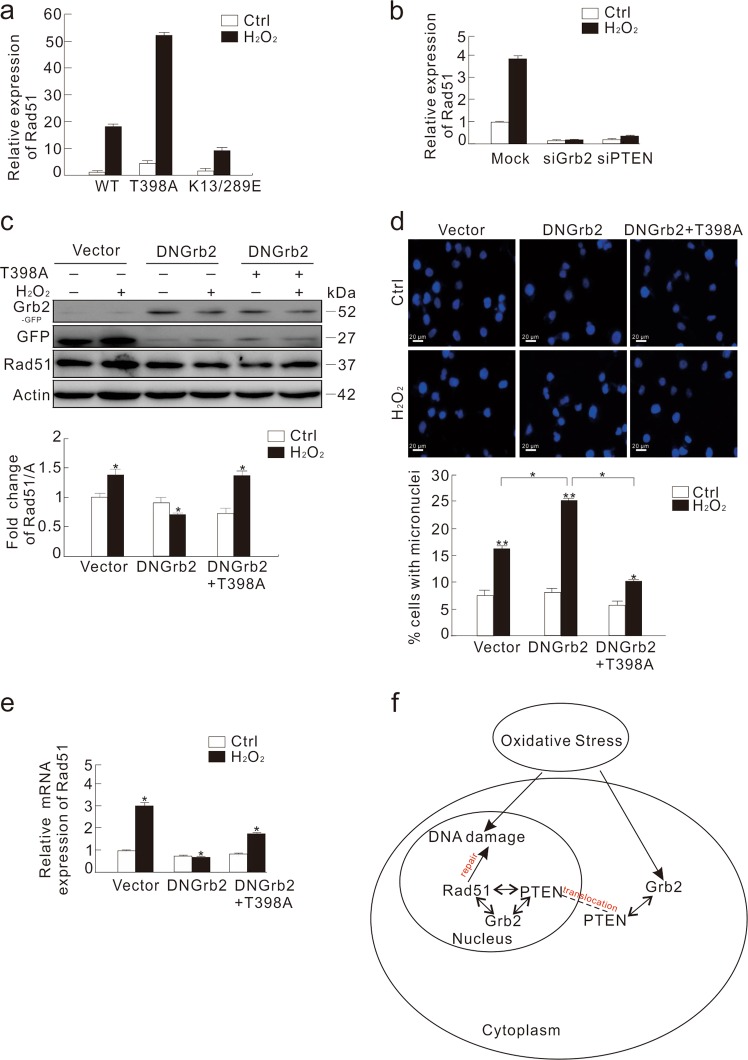Fig. 8. Overexpression of nuclear-located PTEN reduces H2O2-induced micronuclei formation in DN Grb2-transfected cells.
a HeLa cells were transfected with the plasmids carrying WT, T398A, or K13/289E PTEN. After 36 h, cells were treated with 0.5 mM H2O2 for 2 h, and the total RNA was extracted, reversed, and detected by real-time PCR. b HeLa cells were transfected with siRNA of the control (Mock), Grb2 or PTEN. After 48 h, the cells were either left untreated or stimulated with 0.5 mM H2O2 for 2 h. Relative mRNA expression of Rad51 was presented in graph. c–e HeLa cells were transiently transfected with DN Grb2 alone or plus the T398A PTEN for 36 h, split, and treated with 0.5 mM H2O2 for 2 h. Cell lysates were blotted with the indicated antibody. The ratio of Rad51 to actin (A) was shown in the graph (c). Cells were fixed, stained with DAPI and observed with fluorescent microscope. The number of cells containing micronuclei was counted and at least 60 cells were included for each group (d). Relative mRNA expression of Rad51 was presented in graph (e). For histogram results, the data were presented as mean ± S.D. and analyzed by T-test. *P < 0.05 vs. control; **P < 0.01 vs. control. f Schematic mechanism of Grb2 and PTEN in the oxidative stress-induced DDR. Similar experiments were repeated at least three times

